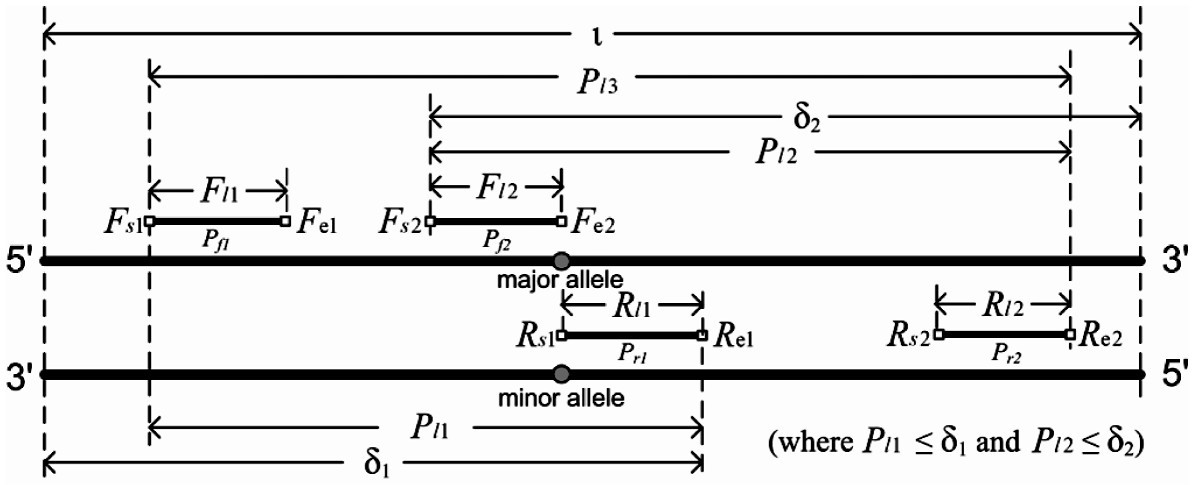

- #Changing colors of bases in primers snapgene how to#
- #Changing colors of bases in primers snapgene software#
- #Changing colors of bases in primers snapgene download#
#Changing colors of bases in primers snapgene software#
In other words, good software allows a researcher to synthesize a working plan. By manipulating DNA in silico, a biologist can ensure that recombinant constructs include functionally complete pieces that have the DNA in order and in frame. Good DNA software also provides powerful in silico simulation of common DNA manipulations, such as restriction digests or Gibson cloning. In addition, a biologist must be able to identify subsequences such as restriction enzyme recognition sequences, recombinase recognition sequences, and overlapping end sequences that are useful for particular recombinant techniques. Every piece of the DNA should be annotated with its biologically relevant attributes. Fundamentally this requires flexible annotation-applying names to a region, and visualization of functional regions-applying pictures to show the spatial relationships between sequence regions. Good DNA visualization software applies meaning to a string of DNA bases. Expand rows to view sequence annotations.DNA visualization software must 1) annotate features and depict DNA features graphically, 2) simulate molecular cloning techniques and 3) generate visually appealing output for figures.Search for short sequences in an anchor or consensus row.Coloring methods for nucleic acid alignment.Multiple Sequence Alignment Viewer application (MSA) is a web application that visualizes alignments created by programs such as MUSCLE or CLUSTAL, including alignments from NCBI BLAST results. Users can also upload and view their own alignment files in alignment FASTA or ASN format. The MSA home page includes a links to sample protein and DNA alignment sessions.
#Changing colors of bases in primers snapgene how to#
This guide will show you how to upload data into MSA viewer and perform basic operations including navigation, setting an anchor row, hiding rows, and changing the coloration method.
#Changing colors of bases in primers snapgene download#
Please download the 16SRNA_Deino_87seq.aln data file for this tutorial. The column on the left lists the different types of data that can be uploaded into MSA viewer: Ĭlick on the Upload button on the MSA home page to open the Upload Data dialog. We will upload a Data File for a protein alignment in FASTA format created by the MUSCLE alignment software. Select Data File and click the "Browse" button to find and add the 16SRNA_Deino_87seq.aln file. Click on the "Upload" button at the bottom, wait for the data to finish uploading, and then press the "Close" button.Ĭonfirm that the multiple alignment has been uploaded to the MSA viewer. You will see a Panorama at the top with the Alignment view below it, with the first row representing the consensus sequence. The Panorama viewer shows the coverage and quality of the alignment. Positions where the majority of sequences match the consensus are colored in gray, while positions that contain a large proportion of mismatches are colored in red. Within the Alignment view, mismatches are highlighted in red by default. Gaps are indicated by a gray line while insertions relative to the consensus/anchor sequence are indicated by a blue bracket (see below). This rendering scheme is similar the one used by NCBI's Sequence Viewer.

ins 500: only length and coordinates in tooltip.The rules implemented to show "insertions" and “unaligned regions” in tooltips: Note: unaligned regions indicated by a green bracket can be found only in the “multiple alignment” created from BLAST pairwise alignments. The Sequence ID column shows sequence identifiers from the alignment.

NCBI accession identifiers are linked to the corresponding resource page in the NCBI SRA, Nucleotide or Protein databases. The species associated with the sequence accession is reported in the Organism column. Note: Organism information is not shown for user-provided sequences without an NCBI accession or for NCBI accessions reported with range, e.g. Note: for the image on this page, the strand indicator ((+) or (-)) was hidden by adding the parameter: &columns=s:0 to the URL.īy default, the Alignment view shows metadata columns for Sequence ID (e.g. sequence accession), Start and End of the alignment, and Organism (species name). These columns can be removed and/or additional columns added using the Columns option on the toolbar.


 0 kommentar(er)
0 kommentar(er)
